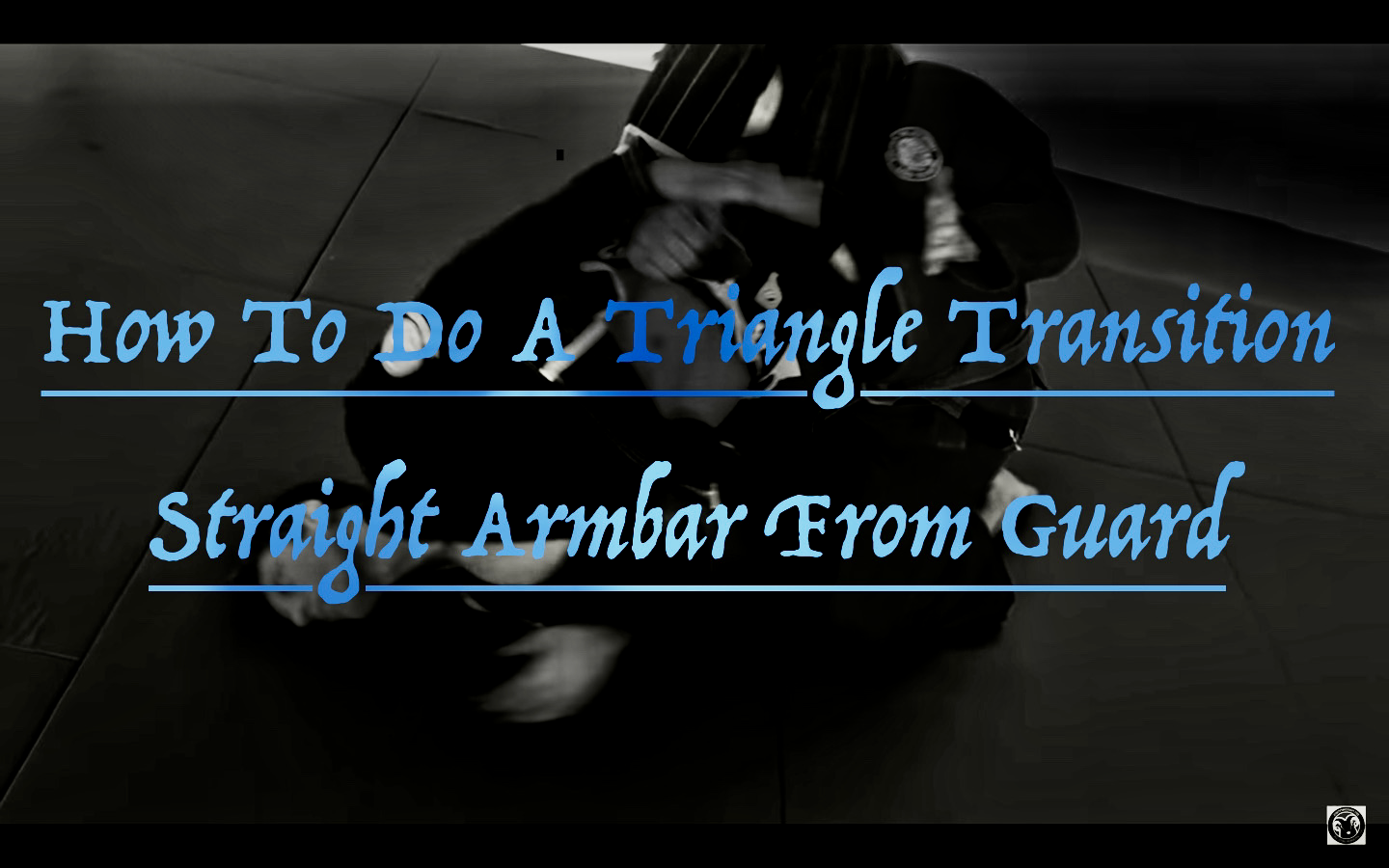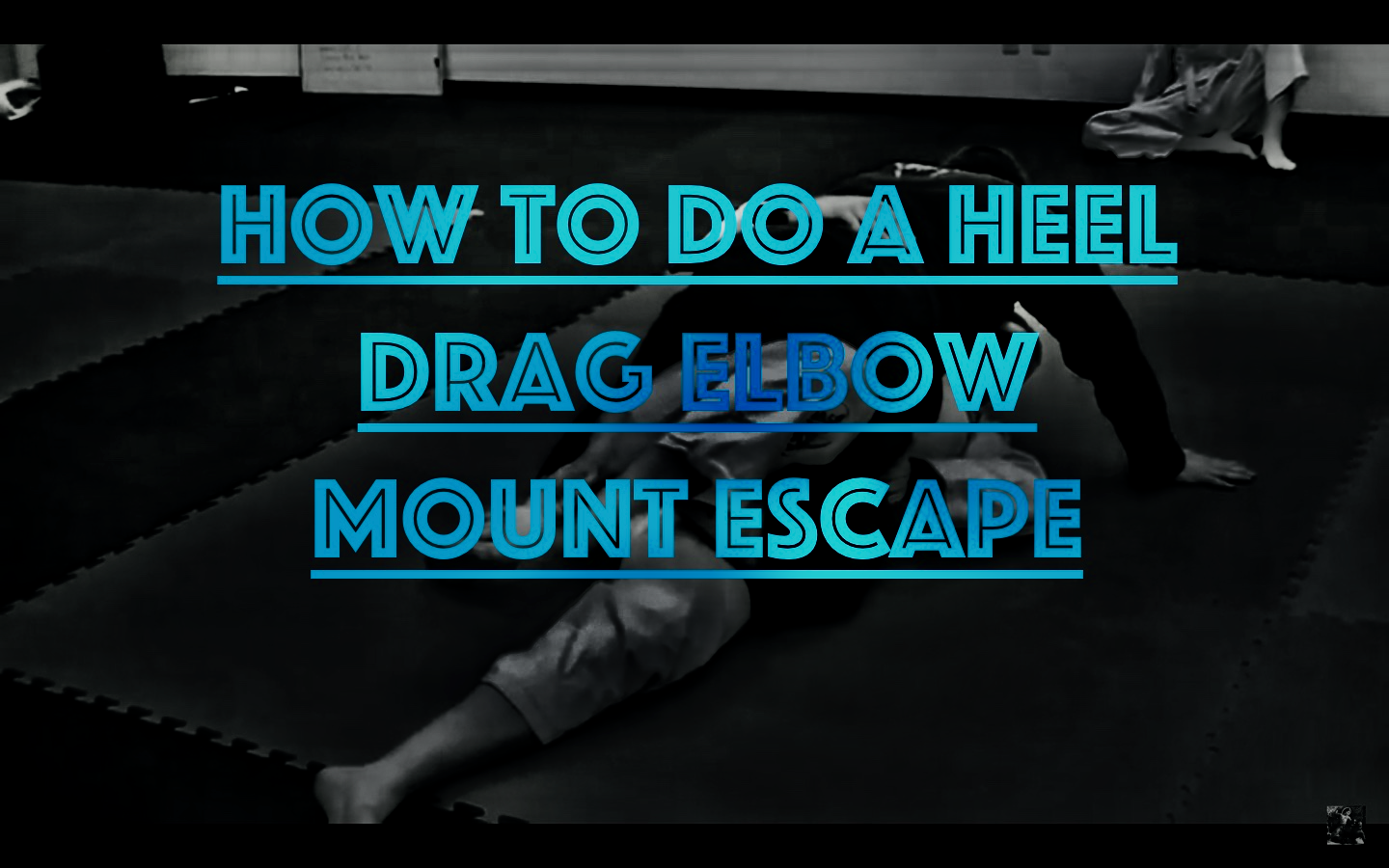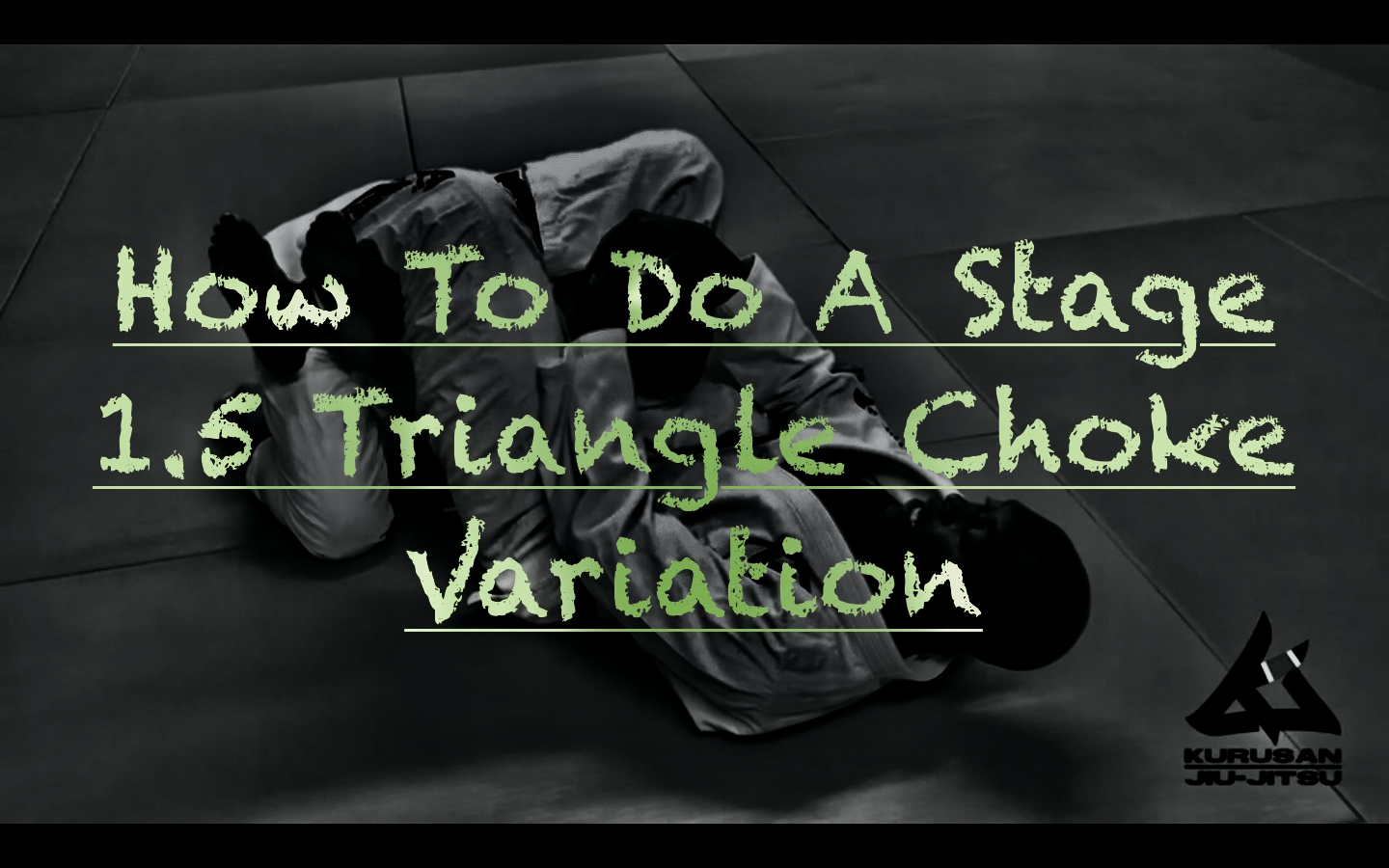
The twisting arm control submission is an excellent BJJ attack that draws on a fundamental principle of Jiu-Jitsu and uses an opponent’s energy against them.
Mount is an extremely effective and dominant position in BJJ, but you may find yourself unable to finish a submission from mount due to your opponent’s strength, excellent defense, or escape attempts. In those cases, the twisting arm control submission is a useful transition to the back and the rear naked choke.
Twisting arm control is a frustrating position for the bottom player, and many BJJ fighters will fall into this trap just to move out of the position. In MMA or a fight, the position leaves one of the top fighter’s hands free for punches, forcing the bottom fighter to escape or be knocked out.
This technique by the great Rener Gracie for his Gracie Jiu-Jitsu Academy Youtube channel is part of the Gracie How To Get a Blue Belt in BJJ guide.
Start: Mount
Step 1: Secure a cross-grip on one of opponent’s wrists and using your free hand to push their elbow, drag that wrist across their body to their opposite shoulder
Step 2: Lay your chest on the twisted arm and post your gripping hand into the mat to secure their arm in place
Step 3: Slide your free hand under opponent’s neck and grab their wrist, switching which hand has the grip
Step 4: Slide your back knee (the side that now has the grip on opponent’s wrist) up behind their shoulders and post front foot next to their stomach
Step 5: Pull opponent’s wrist towards you while pushing their elbow with your free hand, forcing them to turn away
Step 6: When opponent turtles (either out of frustration, to escape punches, or to avoid the discomfort of your heel digging into their stomach), abandon the twisting arm control and post both hands on the ground to get both hooks in and take the back.
Step 7: Slide one arm under opponent’s neck and through to other side, figure four your arms and reach free hand behind their head to finish a rear naked choke
Finish: Tap due to Twisting Arm Control Submission









